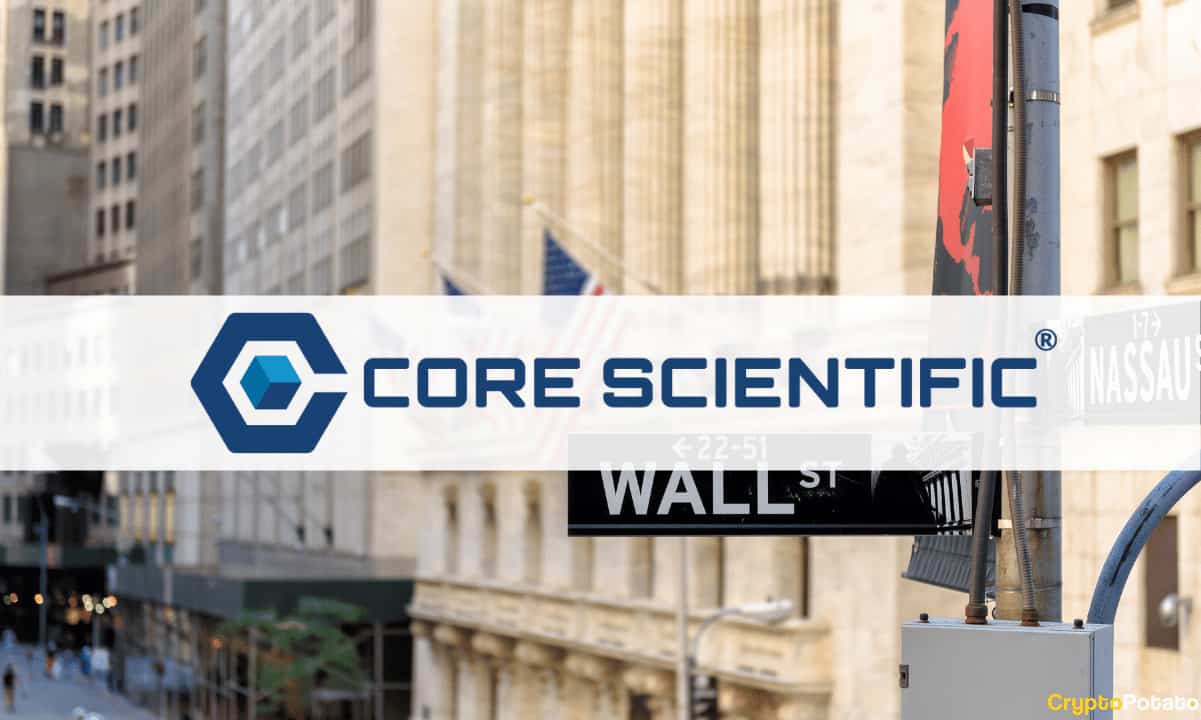US Lawmakers Want to Regulate Stablecoins, and Crypto Twitter is Not Happy
The new STABLE Act could easily become the next nightmare for stablecoin businesses in the United States as it would bring them closer to the banking ecosystem than to the world of technology.
On December 2, 2020; Congresswoman Rashida Tlaib, along with Rep. Jesus “Chuy” Garcia and Rep. Stephen Lynch, introduced the new Stablecoin Tethering and Bank Licensing Enforcement (STABLE) Act, a bill that essentially orders all stablecoin issuers —such as Tether for USDT or Circle for USDC— to have a banking charter and be licensed by multiple federal agencies before they can even think about issuing a token.
If You Issue Stablecoins, Then You Are a Bank
The STABLE Act aims to protect low-income families who invest their money in stablecoins and who may be left defenseless as companies responsible for issuing tokens do not follow the same rules as regular banks, even when they provide similar services.
“It is critical not to let Wall St and Silicon Valley own the future of digital payments” is written in a one-pager. Lawmakers emphasized their concern about Facebook’s efforts to develop a cryptocurrency that could jeopardize the financial system’s stability, claiming that low- and middle-income families, immigrants, and people of color will be hurt the most in case something goes wrong.

According to a press release published by Ms. Tlaib’s official website, the Stablecoin Tethering and Bank Licensing Enforcement Act has 4 key pillars:
- It requires any prospective issuer of a stablecoin to obtain a banking charter;
- Requires that any company offering stablecoin services must follow the appropriate banking regulations under the existing regulatory jurisdictions;
- Requires that any company or bank issuing a stablecoin to notify and obtain approval from the Fed, the FDIC, and the appropriate banking agency 6 months prior to its issuance and maintain an ongoing analysis of potential systemic impacts and risks;
- And requires that any stablecoin issuers obtain FDIC insurance or otherwise maintain reserves at the Federal Reserve to ensure that all stablecoins can be readily converted into United States dollars, on demand.
If approved, considering the four points above, stablecoins as we know them would probably have severe difficulties in staying alive, or at least would struggle to maintain their current conditions.
Crypto Twitter Reacts… And They Don’t Like What They See
However, the STABLE Act has not yet been passed, and there is little chance that it will be due to the length and sensitivity of the issue, coupled with the fact that the very bureaucratic steps required to pass the law would make it very difficult to advance in less than 30 days.
And although this law has a difficult path ahead of it, influential personalities in the crypto-verse are rasing their voices, criticizing it for slowing down innovation and attemtpting to give the power back to traditional banking.
For example, Chainlink God —a main voice among the Link Marines— said the law would be harmful to society, inviting the three lawmakers to “educate” themselves:
How exactly have stablecoins disenfranchised low-income or PoC? in fact they’ve done the exact opposite providing equal access to financial services regardless of who you are
This bill will do exactly the opposite of what you’re saying it will, please educate yourself
— ChainLinkGod.eth (@ChainLinkGod) December 3, 2020
Meltem Demirors, CSO of CoinShares, had a similar —yet, more diplomatic— position, saying the law would be counter intuitive and would basically do more harm than good:
this has the OPPOSITE effect
cryptocurrencies LOWER the cost of servicing populations that have historically been excluded from the banking sector. raising costs and compliance obligations forces companies to cut access for unprofitable clientele.
please, no more clowning 🤡 https://t.co/IbjqXJpT4F
— Meltem Demirors (@Melt_Dem) December 2, 2020
Jeremy Allaire, CEO of Circle, the company behind USDC shared an extensive thread reacting to this announcement:
1/8 The STABLE Act would represent a huge step backwards for digital currency innovation in the United States, limiting the accelerating progress of both the blockchain and fintech industry.
— Jeremy Allaire (@jerallaire) December 2, 2020
For now, the only thing the community can do is wait. Nothing has changed yet. However, this could be taken as a warning sign of upcoming efforts to thighten the belt on stablecoin businesses, which is bad for some fintechs, but good for other decentralized stablecoins like DAI.









